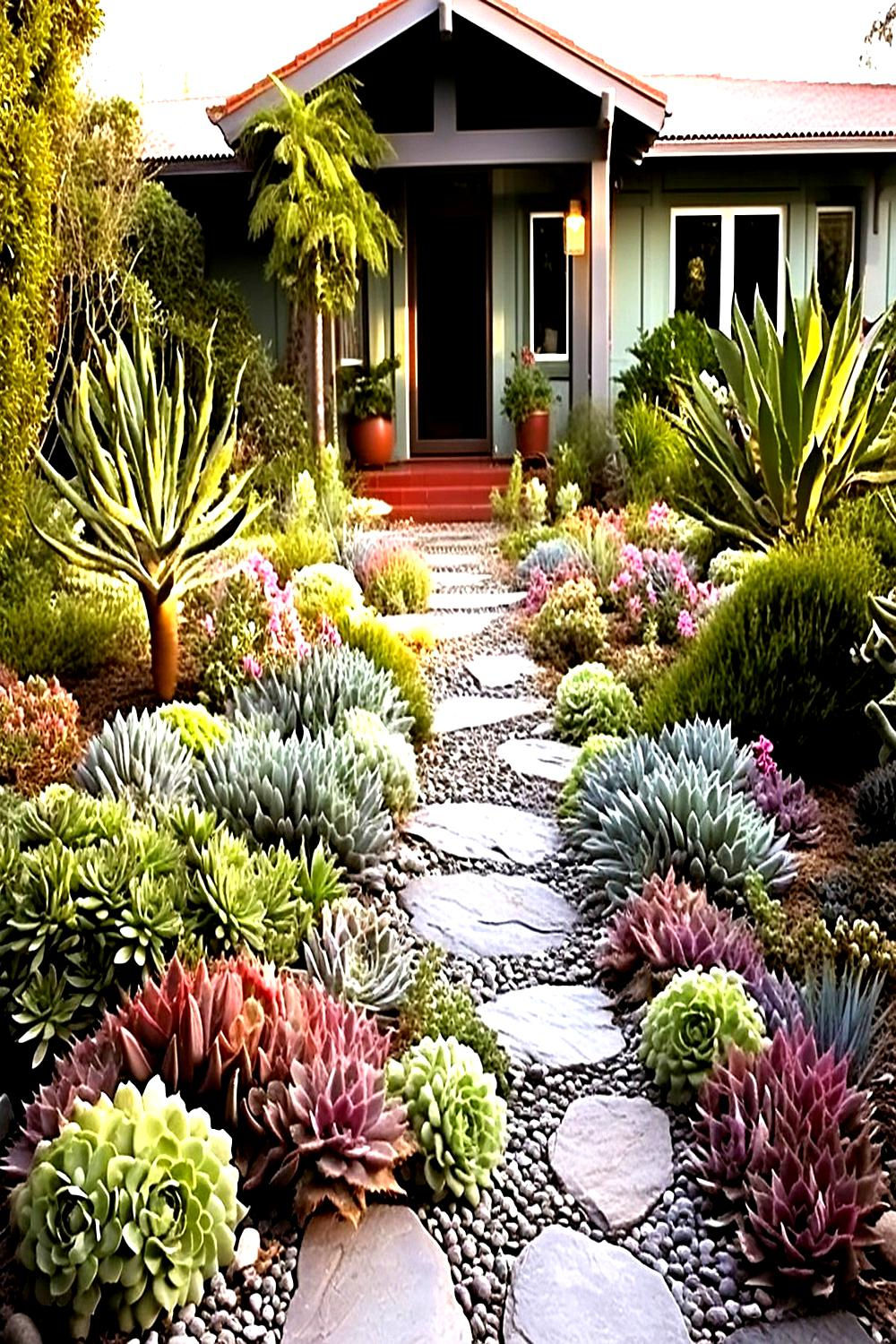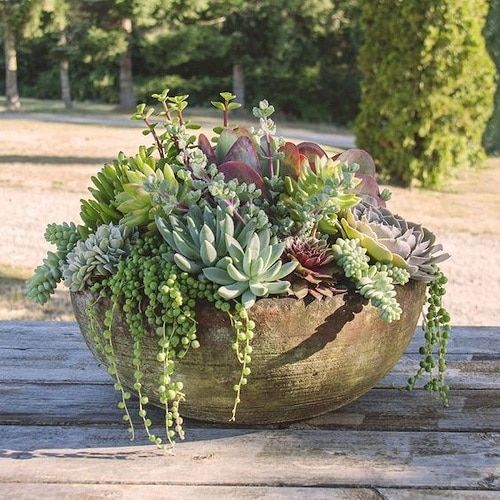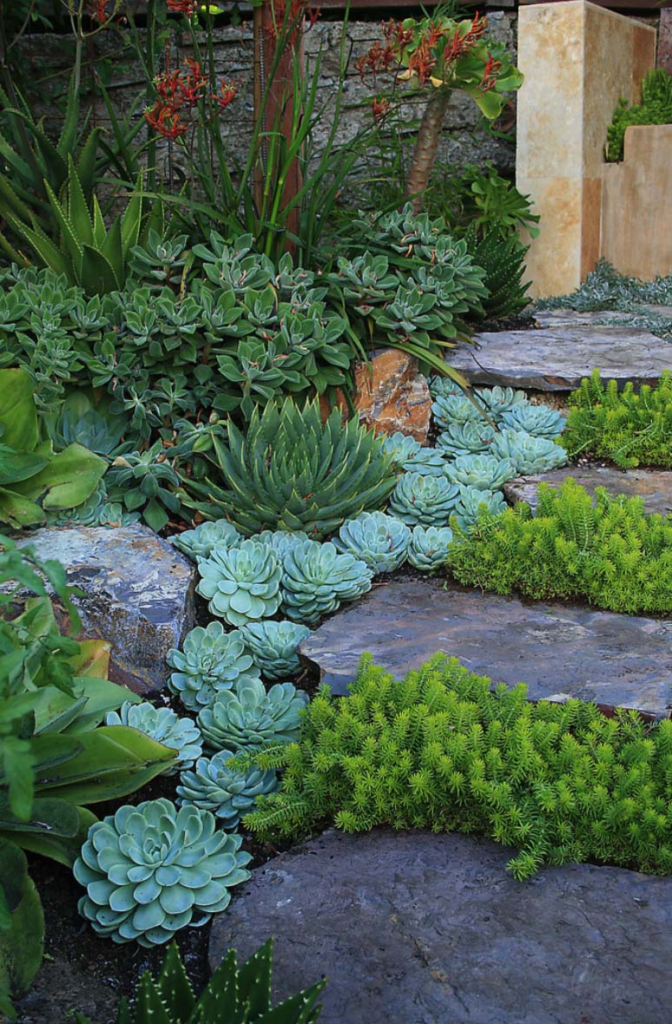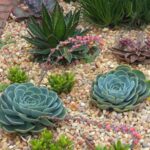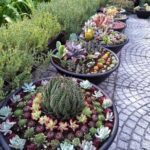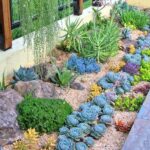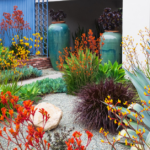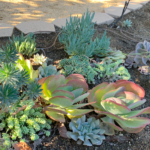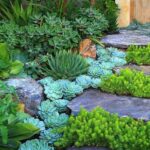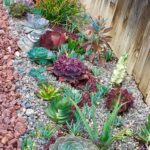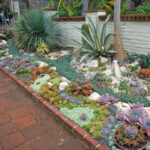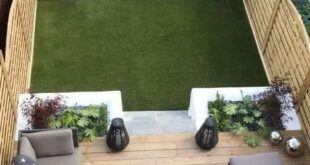Succulent garden design has become increasingly popular in recent years, with many homeowners opting to incorporate these drought-resistant plants into their outdoor spaces. Succulents are known for their unique and diverse shapes, colors, and textures, making them a versatile and low-maintenance option for gardeners of all levels.
When designing a succulent garden, it is important to consider the amount of sunlight the space receives. Succulents thrive in bright, sunny conditions and require at least six hours of direct sunlight each day. Planting them in a spot with too much shade can cause them to become leggy and lose their vibrant colors.
Succulents come in a wide variety of sizes, shapes, and colors, allowing for endless possibilities when it comes to garden design. Consider mixing different types of succulents to create interesting textures and patterns, or plant them in containers of varying heights to add depth and dimension to your garden.
Another important aspect of succulent garden design is proper drainage. Succulents are prone to root rot if they are left sitting in wet soil for too long, so be sure to plant them in well-draining soil and use containers with drainage holes. You can also add a layer of gravel or pebbles at the bottom of the container to help improve drainage.
In addition to their visual appeal, succulents are also great for attracting pollinators such as bees and butterflies to your garden. By planting a variety of flowering succulents, you can create a haven for these important creatures while also adding pops of color and fragrance to your outdoor space.
Overall, succulent garden design offers a creative and low-maintenance option for beautifying your outdoor space. Whether you are a seasoned gardener looking to try something new or a novice looking for an easy-to-care-for plant, succulents are a great choice. With their unique shapes and colors, these versatile plants are sure to add interest and charm to any garden.
 yishifashion Where Outdoor Dreams Become Reality
yishifashion Where Outdoor Dreams Become Reality
